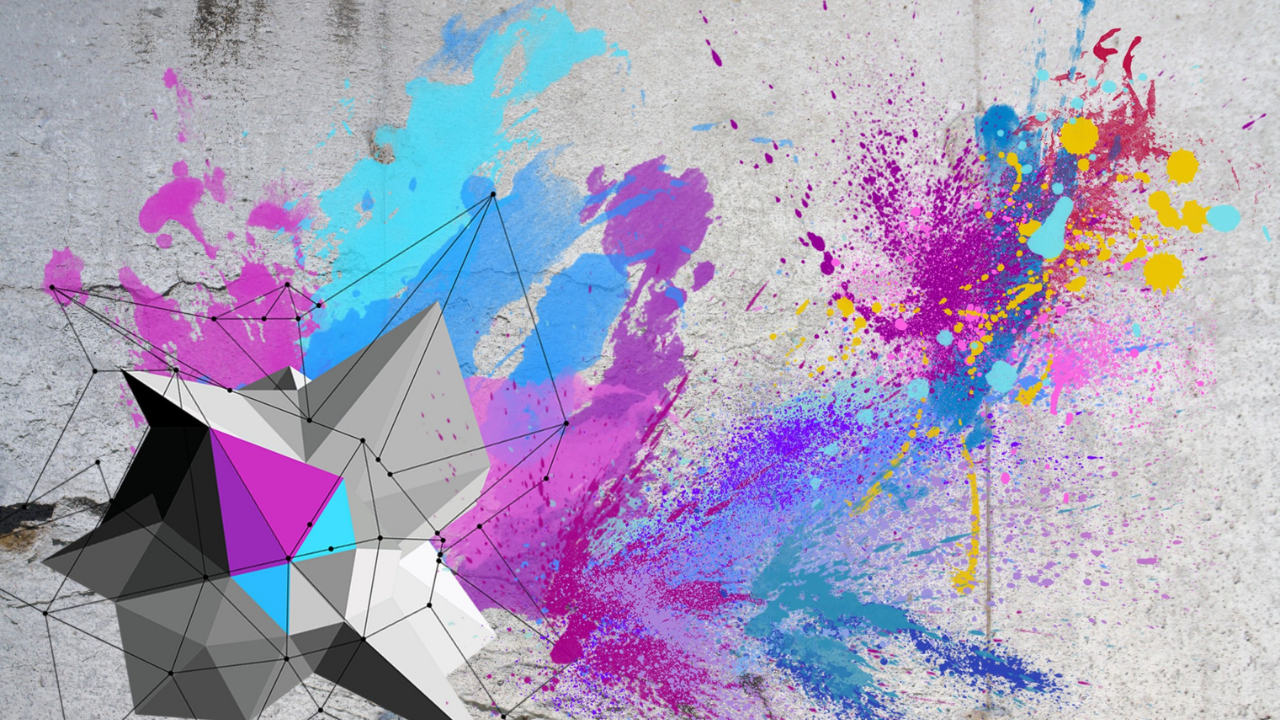Capabilities
Industries
The Problem: The missions and demands are increasing for the officers and crews on the US Navy’s platforms. As more sensors and data are added, the challenge becomes more complex. ADM John Richardson, CNO, and Former COMSUBFOR commissioned to TANG Team a research study and workshop with the goal of leveraging the R&D investment and commercial technology to benefit warfighters. The TANG Team has been solving the Navy’s toughest challenges by bringing together today’s operators, a diverse group of stakeholders, and technologists to create powerful solutions. Using a customized innovation process and design thinking methodologies the team developed 50+concepts, 7 of which migrated to the fleet in less than 2 years.
The Inc Lab Solution: TIL was tasked with creating a platform that can be used to collaboratively design missions, using touch gestures and customizable layers of data to visualize plans in real-time Throughout the process, the team identified new opportunities derived from research and insight. There was a perception of the planning process as being an issue altogether, along with recruiting, training, and lack of visionary systems. Using a “How Might We” framework approach, during a 4-day workshop the team encouraged end-users to brainstorm about how to create an environment in which all parts of the mission planning players can share information and coordinate mission planning in the future.
We also designed 3D-printed models based on the client's assets for users to pick up and place on the custom-built touch display. The table generates data for each object thanks to identification codes printed on their bases.
Information about each asset's location and capabilities are displayed on the touchscreen itself, while top-secret intelligence is beamed directly to the user of the Microsoft HoloLens. Briefings can be recorded on both the touchscreen and within augmented reality, eliminating the need for PowerPoint presentations or screen captures.
Why it Matters: A common misconception of rapid prototyping is that it has to be really rough. Complex systems integration and visualization can be achieved through a pragmatic interdisciplinary team approach. TIL realized this challenge. The DySSCO table, as the concept was initially called, was designed, engineered, built, and delivered in just 86 days. To satisfy the client's need for an intuitive and interactive mission planning process, we combined our abilities in mechanical, electrical, software, and user experience design with cutting-edge technology.



